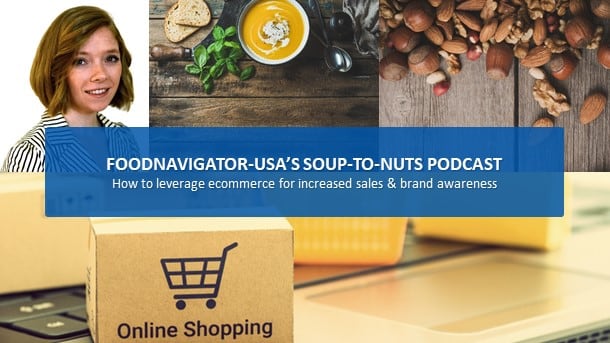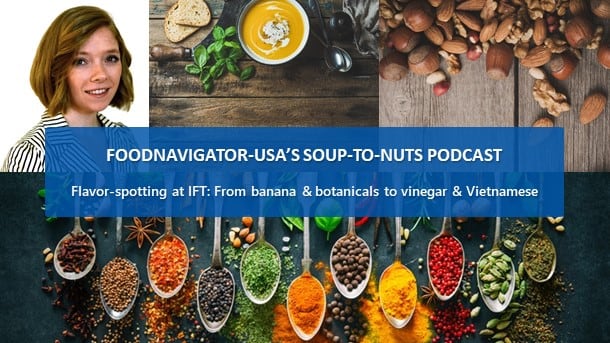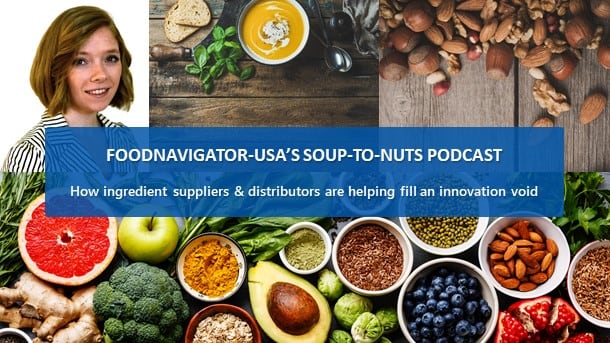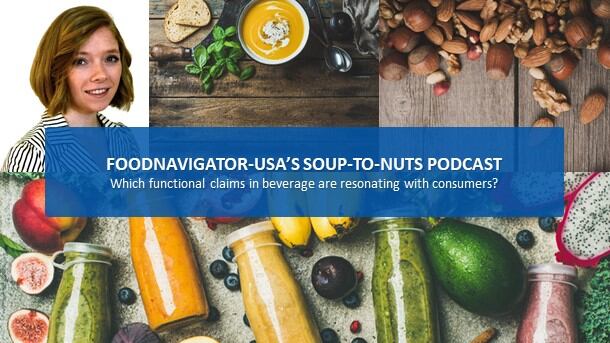Emerging brands and startups in particular can benefit from ecommerce, which in many ways is lowering the barrier of entry for them to access consumers and build brand awareness because they no longer need to pay-to-play with brick and mortar retailers or distributors.
But while ecommerce compared to in-store distribution offers many pros it also comes with several cons as well as a different playbook for driving brand awareness and gaining consumer loyalty.
In this episode of FoodNavigator-USA’s Soup-To-Nuts podcast, marketing consultant and owner of SparkPPC Steve Marin shares why ecommerce is pivotal for food and beverage brands’ long-term success and strategies for navigating the channel to drive sales and brand awareness.
Ecommerce’s upward growth curve
Understandably, most companies want to focus on where they can get the biggest bang for their buck, which on the surface currently is not ecommerce, given its limited penetration for food and beverage. But according to Marin, the channel is growing fast and offers companies many paths towards success.
“The food and beverage sector is still one of the most underpenetrated by digital sales in the US,” at about 2% or $20 billion, Marin said. But he pointed out that most of the growth in the channel is coming from food and beverage and as a result the segment is expected to grow to $30 billion by 2021.
Balancing pros and cons
In addition to ecommerce’s sharp growth curve, Marin says, the channel offers several benefits, but he cautions, these need to be balanced against several drawbacks.
On the pro side, online shoppers are less adventurous, which means it is easier for brands to win their loyalty – the flip side of course being it is harder to get their attention in the first place.
But Marin offers three key strategies to boost discovery online – all of which fall under the umbrella concept of “serve don’t sell.” These include:
- Offer free content – Whether it is going to a trade show, offering recipes or blog posts with advice, this will draw consumers in and help a brand earn their trust – plus give them a reason to come back and see what is new in the future.
- Develop partnerships – Collaborating with influencers and complementary brands is a good way to expand a company’s reach.
- Purchase advertising – Paid ads can amplify the other two strategies and help kickstart a goal.
Offer more than a sale
An essential component of convincing online shoppers that they need a product is an easy-to-use and welcoming website, which Marin says may sound obvious, but it can be easy to overlook.
“Many websites that sell to consumers or ecommerce are not very user friendly. They provide too much friction that blocks that path to purchase,” Marin said.
To avoid this, he said, “I tend to like the old rule of three in design, which is take a step back three feet, look at your homepage for three seconds and if you can’t tell what that is – you have some work to do.”
The website copy also should clearly address consumers’ pain points and provide answers to the questions that come to their mind, he said.
Finally, he advises, provide testimonials of verified purchasers, including customers' images of the product – that will help others trust what the brand says is true.
When to shell out for ads and how to ensure they are worth the investment
Brands can further magnify the impact of these efforts – and by extension sell more – with paid advertising, according to Marin, who was fast to point out that when done right doesn’t need to be expensive as long as brands select the best advertising avenue for their product.
He recommends testing several channels, but notes that Google and Facebook have the biggest market share and that makes them a good starting point.
To ensure that advertising and marketing efforts are on track to maximize sales, Marin recommends companies follow the “ABC formula,” which focuses on how to increase:
- Average order of purchase,
- Buyer frequency, and
- Consumer acquisition.
Because the ecommerce channel is continuously evolving, Marin follows his own advice and offers additional up-to-date advice and guidance on his website sparkppc.com to help food and beverage brands stay current and in touch with modern consumers.




